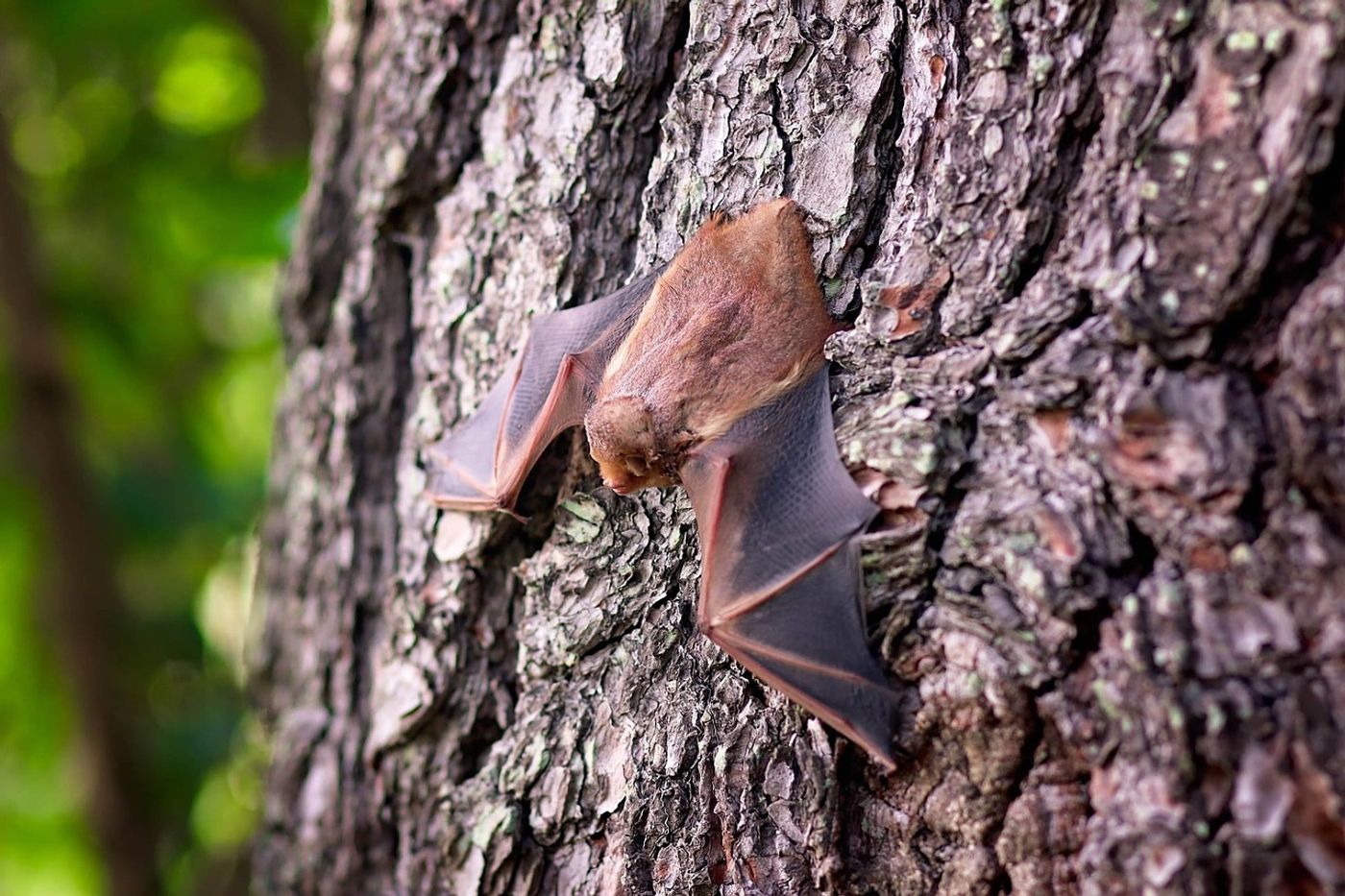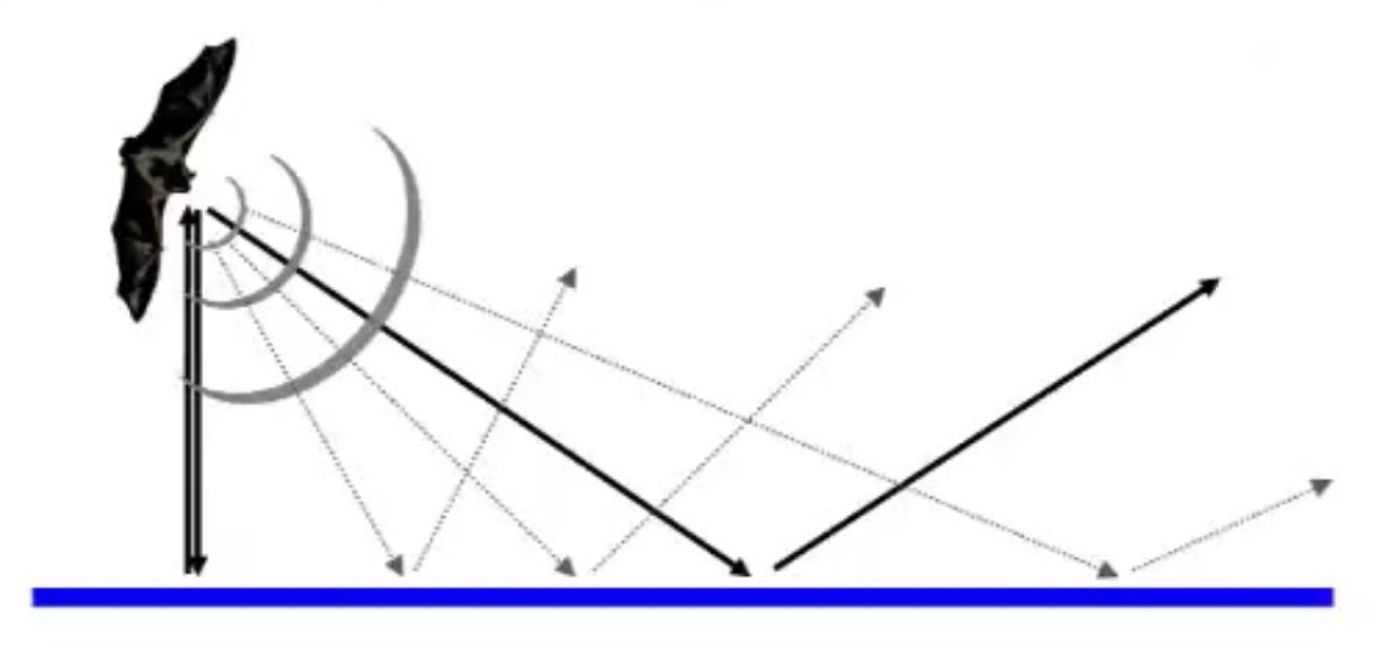A Bat's Echolocation Isn't Foolproof
Several animals, including bats, use a navigation technique known as echolocation, which utilizes high-frequency sound emission to make the creature aware of nearby objects. The method works because the sound waves bounce off objects in front of the animal and reflect back toward them.
Image Credit: Cparks/Pixabay
While it's an effective way for bats to dodge tree branches, navigate through intricate tunnels, and track down prey, it's not always foolproof. Researchers led by Dr Stefan Greif from the Max Planck Institute for Ornithology in Germany discovered a caveat in the technique that could explain why so many bats are found dead beside city buildings.
In the journal Science, they highlight how echolocation isn't effective at discerning smooth, vertical objects like building walls and windows. As a result, many bats inadvertently fly into them at high rates of speed, resulting in injuries.
These smooth, vertical surfaces create an illusion to the bats that makes them think there’s open space ahead of them. Much like an “acoustic mirror,” these surfaces direct sound waves away from the bat rather than back toward it, creating issues for interpretation.
Image Credit: MPI f. Ornithology/S. Greif
The team came to their conclusion after placing three different bat species in a flight room with a reflective metal plate against one of the walls. They also configured infrared cameras and microphones to study the bats' behavioral patterns in the dark.
The reflective metal plate simulated a glass façade that one might find on the front of a city building, and the involvement of several different species in the testing ensured that the results wouldn't be species-specific.
As the results rolled in, the researchers noticed as several bats tried to fly 'through’ the metal plate while others deftly avoided it at the last minute. All in all, the behavioral patterns were organized into three different categories:
- Near collision, which the researchers describe as getting close, but not quite hitting the metal plate
- Collision with maneuver, which the researchers describe as hitting the metal plate while also trying to avoid it at the last minute
- Collision without maneuver, which the researchers describe as hitting the metal plate with no sign of trying to avoid it at all
Bats in the first two categories noticed something was up and tried to avoid the seemingly “invisible” plate once they sensed something fishy. On the other hand, just one-third of the bats seemed to catch on; the other two-thirds had trouble discerning that the plate was there.
The researchers point to the creatures' rate of speed a possible explanation for why some bats were more successful than others at detecting the metal plate in front of them.
Because the smooth, vertical surface reflects the sound waves away from the bat rather than back at it, that sound continues bouncing off the walls of the room until eventually returning to the bat after a delay.
Bats moving toward the plate more quickly smacked into it more frequently, probably because the sound reflections couldn't get to them in time. Conversely, those traveling more slowly received the reflected sound signal just in time, letting them adjust their path accordingly before colliding.
When the researchers placed this same plate on the ground, rather than against the wall, some bats tried drinking from its surface, suggesting that their echolocation skills confused them into thinking it was a source of water like they might find in their natural habitat.
“If there are no echoes coming back to the bat except strong, perpendicular echoes from underneath, it is a clear sign of water for the bat,” study lead author Stefan Greif explained. “The exact same echoes coming from the side, however, signal an obstacle for the bat in the flyway that so far was perceived as open.”
All bats involved in the study made it through without any injuries. They weren't flying at full speed in the flight room as they would under natural conditions, so they bounced off the plate lightly rather than violently.
The study illuminates just how detrimental the human way of life can be for wild bats. With many being listed on the International Union for the Conservation of Nature (IUCN)'s endangered species list, it seems imperative that we build our cities with more bat-friendly standards.










